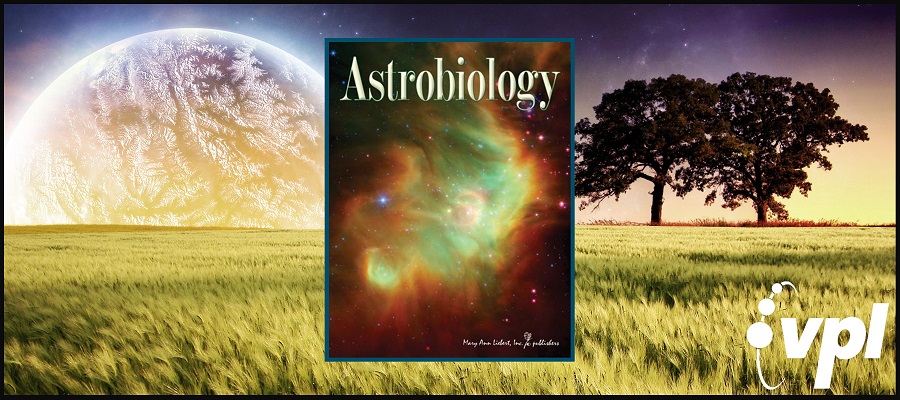Chirality is considered a universal, agnostic biosignature that is independent of a planet’s biochemistry. Researchers have recently characterized the chiral…
Photosynthesis is an ancient metabolic process that began on early Earth and offers plentiful energy to organisms that can utilize it such that that they achieve global significance. The potential exists for similar processes to operate on habitable exoplanets and result in observable biosignatures. Before the advent of oxygenic photosynthesis, the most primitive phototrophs, anoxygenic phototrophs, dominated surface environments on the planet. Here, we characterize surface polarization biosignatures associated with a diverse sample of anoxygenic phototrophs and cyanobacteria, examining both pure cultures and microbial communities from the natural environment. Polarimetry is a tool that can be used to measure the chiral signature of biomolecules. Chirality is considered a universal, agnostic biosignature that is independent of a planet’s biochemistry, receiving considerable interest as a target biosignature for life-detection missions. In contrast to preliminary indications from earlier work, we show that there is a diversity of distinctive circular polarization signatures, including the magnitude of the polarization, associated with the variety of chiral photosynthetic pigments and pigment complexes of anoxygenic and oxygenic phototrophs. We also show that the apparent death and release of pigments from one of the phototrophs is accompanied by an elevation of the reflectance polarization signal by an order of magnitude, which may be significant for remotely detectable environmental signatures. This work and others suggest that circular polarization signals up to ∼1% may occur, significantly stronger than previously anticipated circular polarization levels. We conclude that global surface polarization biosignatures may arise from anoxygenic and oxygenic phototrophs, which have dominated nearly 80% of the history of our rocky, inhabited planet.
The Lunar CRater Observation and Sensing Satellite (LCROSS) observed the distant Earth on three occasions in 2009. These data span a range of phase angles, including a rare crescent phase view. For each epoch, the satellite acquired near-infrared and mid-infrared full-disk images, and partial-disk spectra at 0.26-0.65 μm (λ/Δλ ~ 500) and 1.17-2.48 μm (λ/Δλ ~ 50). Spectra show strong absorption features due to water vapor and ozone, which is a biosignature gas. We perform a significant recalibration of the UV-visible spectra and provide the first comparison of high-resolution visible Earth spectra to the NASA Astrobiology Institute’s Virtual Planetary Laboratory three-dimensional spectral Earth model. We find good agreement with the observations, reproducing the absolute brightness and dynamic range at all wavelengths for all observation epochs, thus validating the model to within the ~10% data calibration uncertainty.
